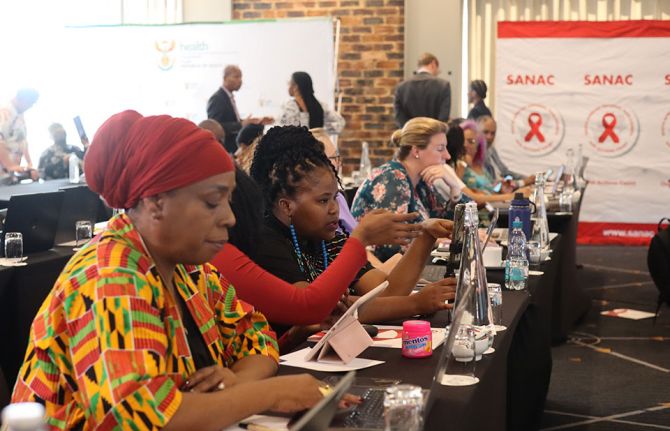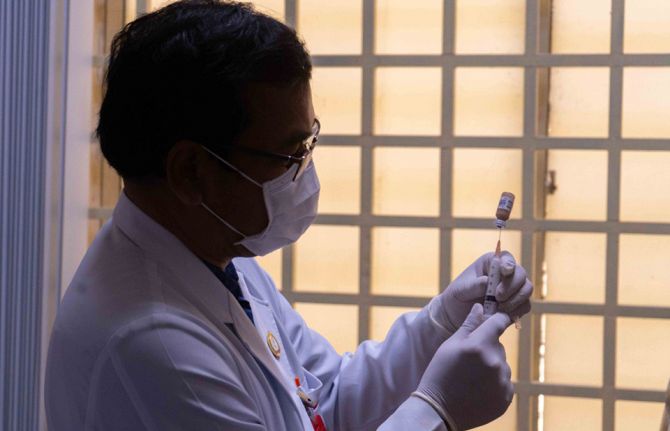


Feature Story
'Nothing for us, without us,' hammer young people at AIDS Conference
31 July 2018
31 July 2018 31 July 2018Sitting on center stage, clutching a microphone, Chinmay Modi along with a dozen young people answered questions about HIV during an all-youth panel session at the Amsterdam 2018 AIDS conference.
The 25-year-old born with HIV described his struggle accessing services. "In India, sex is a big taboo. A 16-year-old cannot buy condoms for example and parents need to give consent to be tested for HIV." He said educating children and parents is key. His greatest desire involves pushing for specific youth-focused services.
Dany Stolbunov from Ukraine echoed that sentiment, saying "Nothing for us, without us." He said that in his region stigma and discrimination kept people from even accessing services. He bemoaned the fact that young people in Ukraine have limited information and are not seen as a priority.
HIV FACTS
In 2017, there were approximately 250 000 new HIV infections and 38 000 AIDS-related deaths among adolescents and 1.8 million adolescents living with HIV globally.
Adolescent girls in sub-Saharan Africa are disproportionately affected by new HIV infections, making up 56% of new HIV infections among adolescents globally.
HIV is a leading cause of death among adolescents (10-19 years).
"We are ready to fight for our rights," he added, explaining that young people have a voice and want to use it.
Bruna Martinez strongly believes that broad sexual education discussing gender, health issues and pleasure would not only limit stigma, it would also make teenagers fear HIV less.
"HIV should not be in a vacuum," she said. "We are a generation that can discuss sex and that's a great thing; so give us the tools that tip things in our favor."
All agreed that teenagers and young people have the most at stake in ending the HIV epidemic. Their demand is clear: go beyond scholarships by empowering us.
Melodi Tamarzians, the Dutch youth ambassador for sexual and reproductive health and rights, said, "Do not tick the youth box by giving us a token position." In her view, to enable young people, adults need to invest in them and give them advisory roles.
AIDS 2018 prided itself on giving a greater space to young people in Amsterdam. Youth and junior investigators made up more than one-third of the submissions presented at the conference, according to the conference organizer, the International AIDS Society (IAS.) In addition, young people got the most scholarships than at any other conference. And the Global Village (a free admission space by the conference area) featured the largest space conceived of and run by young people. It included a snack area, a mini-indoor football field, a safe-space theater area and youth-led activities, and booths such as a radio recording area, a youth against AIDS t-shirt stand and even an exhibit about the vagina.
Ms Martinez volunteered and then worked with the Amsterdam Youth Force that mobilized and organized other young people to make the youth space their own. "At this conference, we showed everybody that we could deliver," she said.
She hopes that this meaningful youth presence will carry over. "It's important that we are not being catered to but rather that we are recognized," she said, her AIDS 2018 lanyard laden with pins and stickers. She sees her recent stint with the Youth Force as a way to change things. "There are still so many young people getting infected with HIV and dying. It means we are failing and the system is not working," Ms Martinez said. In her view, HIV policy has to also come from the ground upwards. She emphasized peer-to-peer education and valuing local knowledge. Standing in front of a huge 'Let's face HIV together' she said, "We speak the language of the young people and we know what we are living, so acknowledge us fully."



